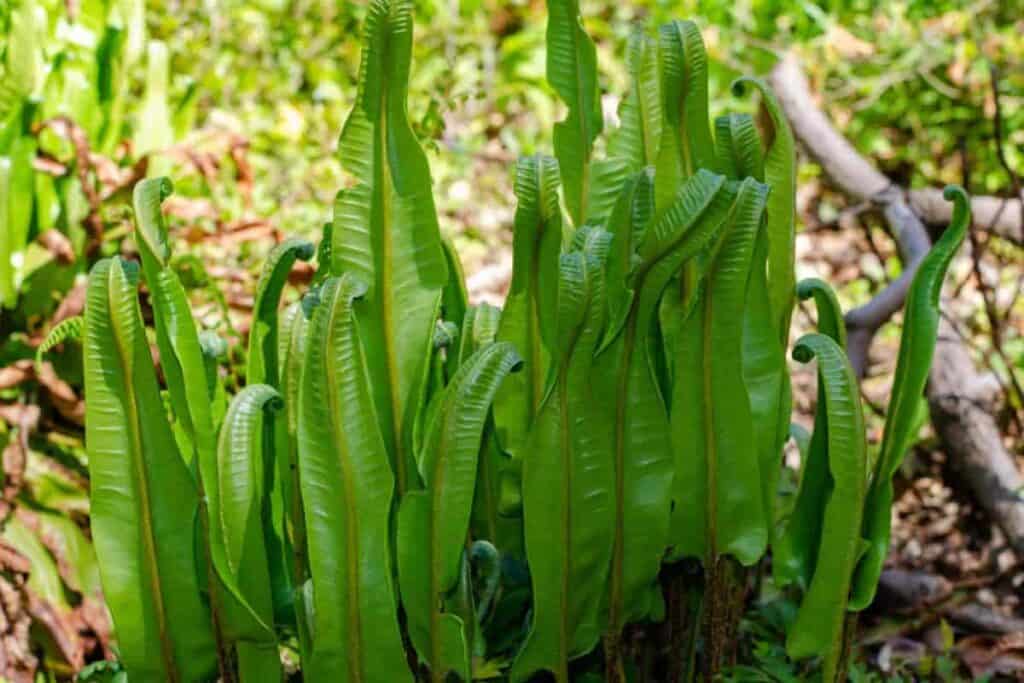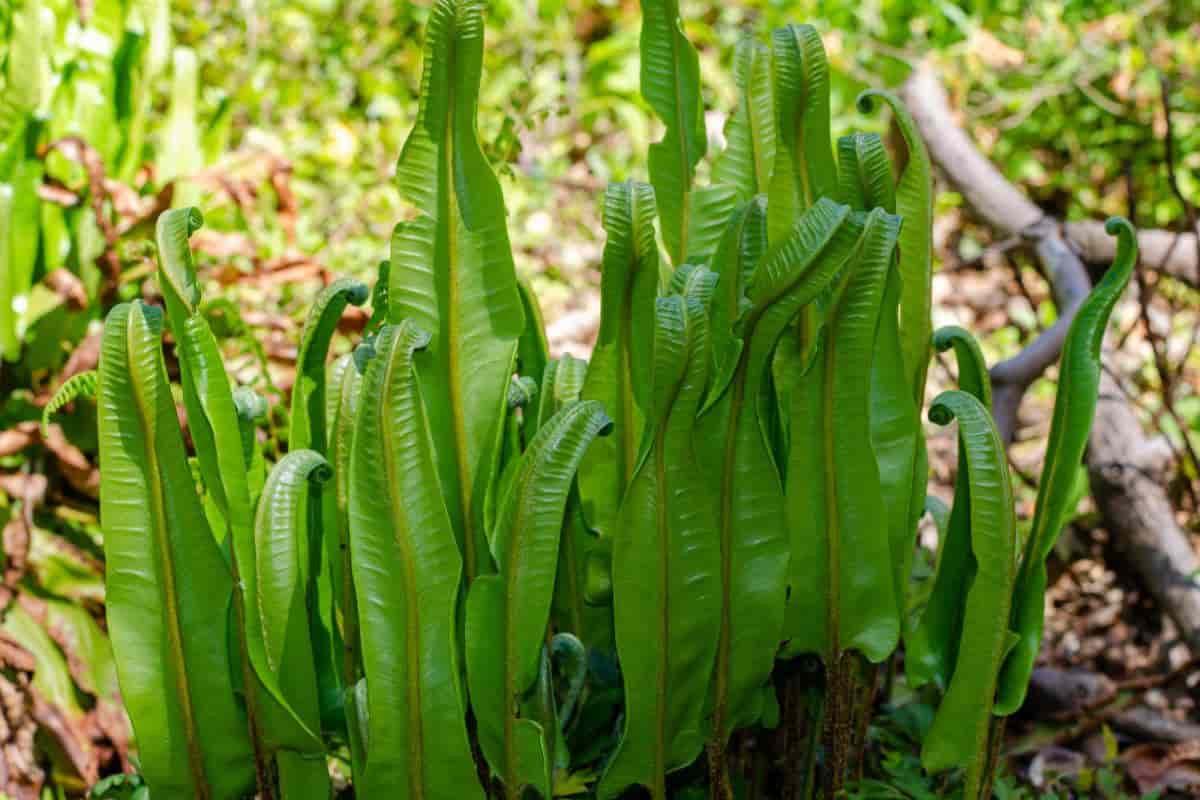Excitement ran high in botanical circles of Michigan following the recent discovery here of one of America’s rarest plants, Hart’s tongue fern (Phyllitis scolopendrium).
This plant has simple, lanceolate fronds, sometimes auricled at the base, but their resemblance to the tongue of a deer has prompted its distinctive common name. It lives in moist, shady locations where dolomite rock formations abound.

Dr. Marion T. Hall, botanist of the Cranbrook Institute of Science, and Dale J. Hagenah, research associate, are credited with having found eight plants along a dolomite ledge near the village of Trout Lake in Upper Peninsula’s Chippewa County.
Widely Known Fern in Eurasia
In Eurasia, this fern is widely known, growing profusely in England and Ireland. In America, it was reported a hundred years or more ago in Onondaga, New York, but it is nowhere common and does not respond to any attempt at transplanting.
Today, the Bruce Peninsula close to Ontario, Canada, is the present nearest known location of it. There is no record of it ever having been found before in Michigan, although it has long been an object of search here, particularly throughout the northern part of the state.
Hart’s Tongue Fern
Hart’s tongue fern should be discovered in the vicinity of Trout Lake as this section has become a mecca for nature lovers since Phil De Graff, ardent naturalist and conservationist, has for many years sponsored an annual WildFlower Festival during the last week of May.
Weekly field trips led by an accredited naturalist always in charge also add to the season-long nature appeal of the region.
44659 by Ethel E. Mann
